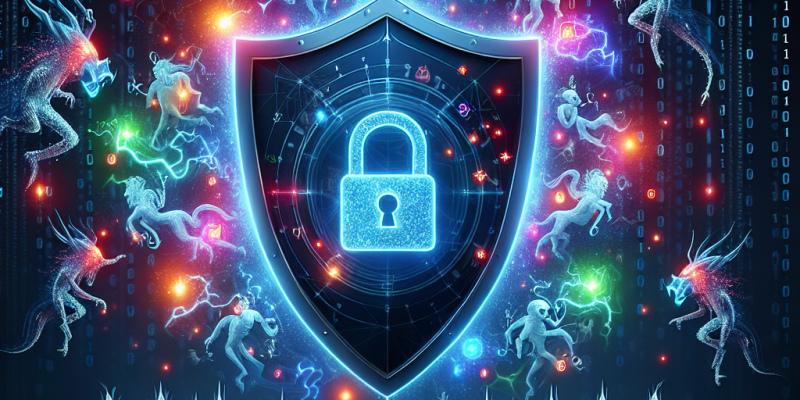Cybersecurity Myths Debunked: What Every User Should Know

In today’s digital age, cybersecurity has become a critical concern for individuals and organizations alike. With cyber threats growing more sophisticated daily, understanding the landscape of cybersecurity is essential. However, several myths and misconceptions about cybersecurity can hinder effective risk management and protective measures. In this article, we will debunk some of the most common cybersecurity myths and provide insights that every user should know to protect themselves in the digital realm.
Myth 1: Cybersecurity is Only an IT Issue
Reality: Cybersecurity is a shared responsibility that involves every user. While IT departments play a crucial role in securing systems and data, end-users are often the first line of defense against cyber threats. Phishing attacks, for example, rely on unsuspecting individuals clicking on malicious links or providing sensitive information. Therefore, being informed and vigilant about potential threats is essential for all users, not just cybersecurity professionals.
Myth 2: Strong Passwords Are Enough
Reality: Although strong passwords are a fundamental element of security, they are not enough on their own. Users often underestimate the importance of multi-factor authentication (MFA), which adds an additional layer of security. Even if a password is compromised, MFA can prevent an unauthorized user from gaining access to sensitive accounts and data. Combining strong passwords with MFA significantly enhances your cybersecurity posture.
Myth 3: Antivirus Software Alone Will Protect Me
Reality: Antivirus software is an essential tool, but it is not foolproof. Cybercriminals continually refine their techniques, often creating malware that can evade traditional antivirus detection. Moreover, antivirus programs need regular updates to recognize and eliminate the latest threats. Users should adopt a comprehensive security strategy that includes software updates, firewalls, and safe browsing practices alongside antivirus software to protect themselves effectively.
Myth 4: Cyber Threats Only Target Large Businesses
Reality: This misconception leads many individuals and small businesses to believe they are safe from cybercriminals. However, attackers often target small to medium-sized businesses (SMBs) precisely because they may lack robust cybersecurity measures. Additionally, individuals are frequently victims of cybercrime, as personal data and finances are invaluable to criminals. Everyone, regardless of the size of their organization, must take security seriously.
Myth 5: Public Wi-Fi Is Safe if I Use a VPN
Reality: While using a Virtual Private Network (VPN) on public Wi-Fi adds a layer of encryption, it does not guarantee complete safety. VPNs can protect data in transit but do not prevent other risks associated with public networks, such as man-in-the-middle attacks or rogue hotspots. It’s wise to avoid accessing sensitive information, such as online banking, when connected to public Wi-Fi, even if you’re using a VPN.
Myth 6: Cybersecurity is Too Complex for the Average User
Reality: While cybersecurity can be technical, many effective practices are straightforward and accessible to everyone. Basic actions such as regularly updating software, using strong passwords, being skeptical of unsolicited emails, and enabling MFA require minimal technical expertise but have a significant impact on enhancing security. Educating oneself about cybersecurity fundamentals empowers individuals to adopt safer online behaviors.
Myth 7: Once I’m Hacked, There’s Nothing I Can Do
Reality: While being hacked is a serious situation, it is not necessarily the end of your cybersecurity journey. The immediate steps include disconnecting from the internet, assessing the damage, and changing passwords. Additionally, reporting the incident to authorities and credit bureaus can help mitigate further risks. Learning from the incident can also provide valuable lessons about improving future security practices.
Conclusion
As cyber threats continue to evolve, dispelling myths and misconceptions about cybersecurity is vital for everyone who uses technology. A proactive approach, characterized by user awareness, ongoing education, and strategic implementation of security measures, can significantly reduce the risk of cyber incidents. By demystifying cybersecurity and emphasizing collective responsibility, we can all contribute to a safer digital environment. Remember, in the fight against cybercrime, knowledge is your best defense.














